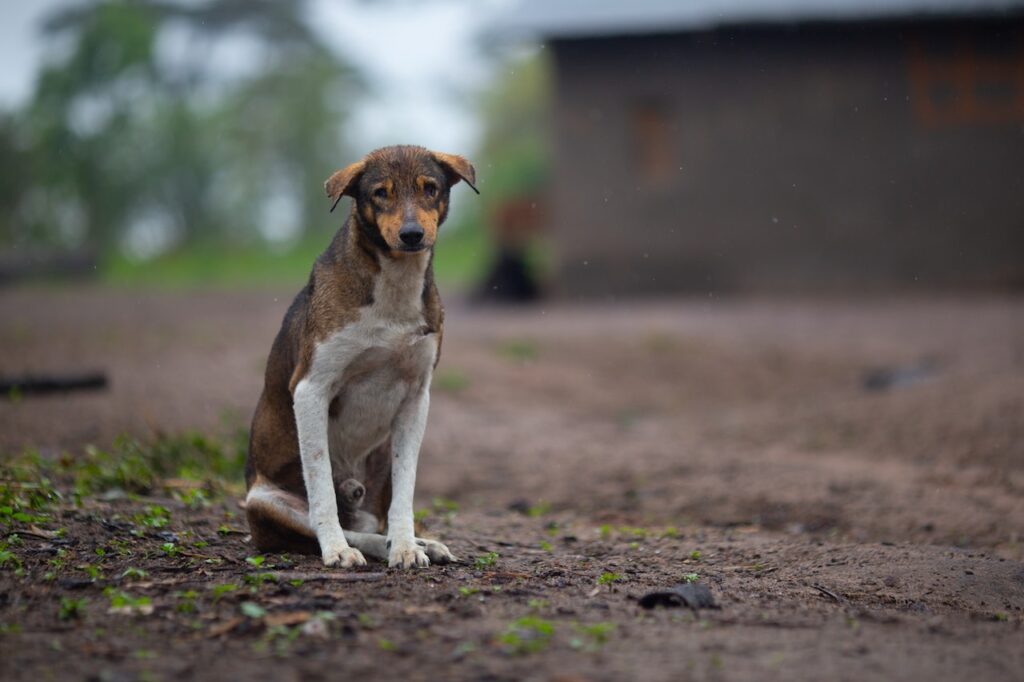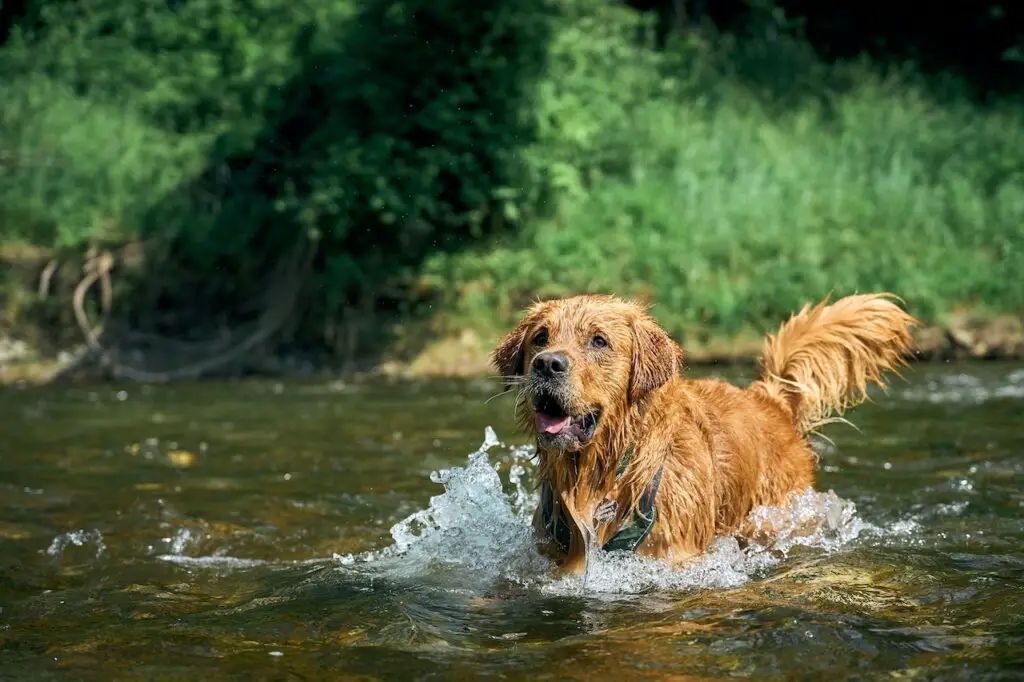Having a dog is a wonderful experience filled with love, companionship, and joy. As a responsible dog owner, it’s essential to ensure our furry friends stay healthy and safe.
Sometimes, accidents happen, and our dogs may accidentally ingest substances like marijuana, leaving them feeling “stoned” or intoxicated.
In this article, we’ll discuss why your dog might get unstoned, how to recognize the signs, and most importantly, 10 steps on how to get a dog unstoned at home.
Why is My Dog Unstoned?

Dogs may get unstoned naturally over time as the effects of marijuana wear off, but it’s crucial to assist them during this process. When a dog ingests marijuana, they can experience various unpleasant symptoms such as lethargy, disorientation, wobbliness, and even vomiting.
It’s a distressing experience for both the dog and the owner. By taking proactive steps, you can help your furry companion return to their happy and healthy selves.
Signs Your Dog is Unstoned
1. Energetic Behavior

One of the clear signs that your dog is unstoned is when they start to regain their energy. You’ll notice them becoming more active and playful as the effects wear off.
2. Improved Coordination
Dogs under the influence of marijuana may have difficulty walking or may appear unsteady on their feet. As they get unstoned, their coordination will improve.
3. Increased Appetite
A stoned dog may lose interest in food, but as they recover, their appetite will return, and they’ll start eating normally again.
4. Alertness
When a dog is unstoned, they will become more alert and responsive to their surroundings.
5. Normal Breathing
A dog that was stoned might have slow or irregular breathing. As they recover, their breathing will return to normal.
Can Dogs Die from Weed?

Yes, dogs can potentially die from consuming marijuana, especially if they ingest a large amount or if the marijuana contains harmful additives. It’s crucial to seek immediate veterinary attention if you suspect your dog has ingested marijuana.
The veterinarian can provide the best care and treatment to ensure your dog’s safety.
What to Do in This Situation
If you suspect your dog has ingested marijuana, follow these steps:
- Stay Calm: It’s essential to remain calm and composed so you can take the necessary steps to help your dog.
- Remove Access to Marijuana: Ensure that your dog can no longer access any marijuana or related products to prevent further ingestion.
- Observe Your Dog: Watch for any unusual symptoms or signs of distress in your dog.
- Contact Your Veterinarian: Reach out to your veterinarian immediately and inform them of the situation. They can guide you on what to do next.
- Be Honest: If you visit the veterinarian, be honest about the situation. They need accurate information to provide the best care for your dog.
10 Steps on How to Get a Dog Unstoned at Home
1. Keep Them Calm
Create a quiet and comfortable environment for your dog to rest and recover.
2. Hydration is Key

Make sure your dog has access to fresh water at all times to stay hydrated.
3. Avoid Stressors
Keep other pets, loud noises, and stressful situations away from your recovering dog.
4. Take Short Walks
Gentle exercise can help your dog regain their balance and reduce nausea.
5. Distract with Toys
Provide your dog with their favorite toys to keep their mind engaged and occupied.
6. Stick to Routine
Stick to your dog’s regular feeding schedule and avoid introducing new foods during this time.
7. Be Patient
Recovery may take time, so be patient and give your dog the space they need to heal.
8. Monitor Progress
Keep a close eye on your dog’s recovery and note any changes, positive or negative.
9. Avoid Human Medication
Do not attempt to give your dog any human medication without consulting a veterinarian.
10. Consult Your Veterinarian
If you’re unsure about any aspect of your dog’s recovery, don’t hesitate to seek advice from your veterinarian.
How to Avoid This Problem

Prevention is always better than cure, and there are steps you can take to avoid your dog getting stoned in the first place:
1. Secure Marijuana
Keep all marijuana and related products in a secure location out of your dog’s reach.
2. Educate Family and Guests
If you have marijuana in your home, make sure everyone is aware of the risks it poses to pets.
3. Dispose of Waste Properly
If you use marijuana, be sure to dispose of any waste products safely, so your dog cannot access them.
4. Supervise Walks
When walking your dog, keep a close eye on them to prevent them from ingesting discarded marijuana products.
5. Training and Commands
Teach your dog basic commands like “leave it” or “drop it” to prevent them from picking up harmful items.
FAQs about Getting a Dog Unstoned
Q1: How long does it take for a dog to get unstoned naturally?
The time it takes for a dog to get unstoned naturally varies depending on factors like the amount of marijuana ingested and the dog’s size and metabolism. It could take several hours to a day or more.
Q2: Can I use home remedies to get my dog unstoned?
It’s best to avoid using home remedies and consult a veterinarian instead. They can provide appropriate care and advice tailored to your dog’s specific needs.
Q3: My dog accidentally ate a marijuana edible. What should I do?
If you suspect your dog has ingested a marijuana edible, contact your veterinarian immediately. Edibles can contain higher concentrations of THC, which can be more dangerous for pets.
Q4: Is it safe to give my dog CBD products?
Before giving your dog any CBD products, consult your veterinarian. While CBD may have potential benefits for some dogs, it’s essential to ensure proper dosage and safety.
Q5: How can I prevent my dog from accessing marijuana in the future?
Store all marijuana products in a secure location out of your dog’s reach, and educate family members and guests about the risks to pets.
Conclusion
As dog owners, it’s our responsibility to keep our furry companions safe and healthy. Accidents can happen, but by understanding the risks of marijuana ingestion and following the steps outlined in this article, you can help your dog get unstoned and back to their happy and playful selves.
Remember to consult your veterinarian for professional advice and care during these situations, and always prioritize the well-being of your beloved pet.
With the right knowledge and precautions, you can create a safe and loving environment for your canine friend.

